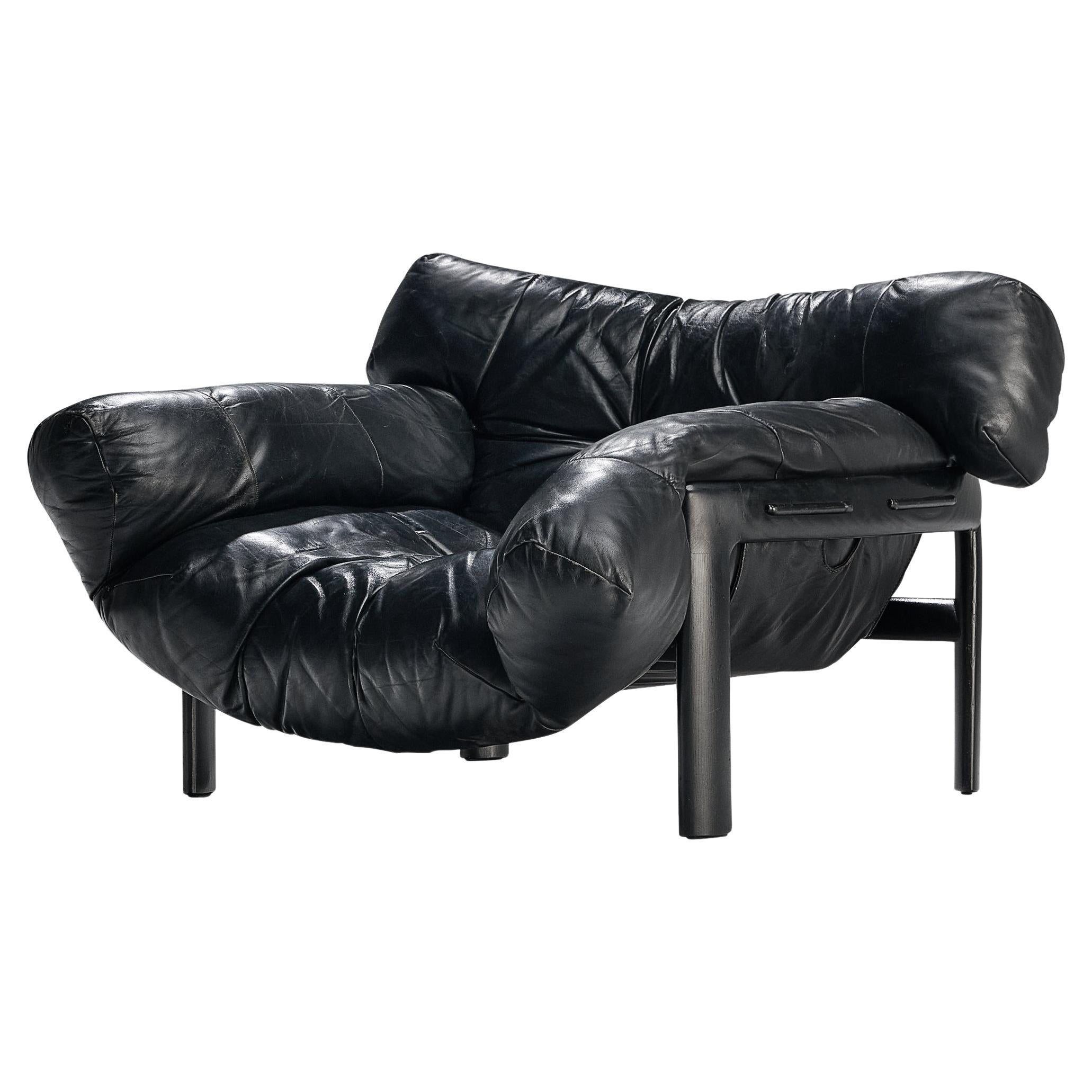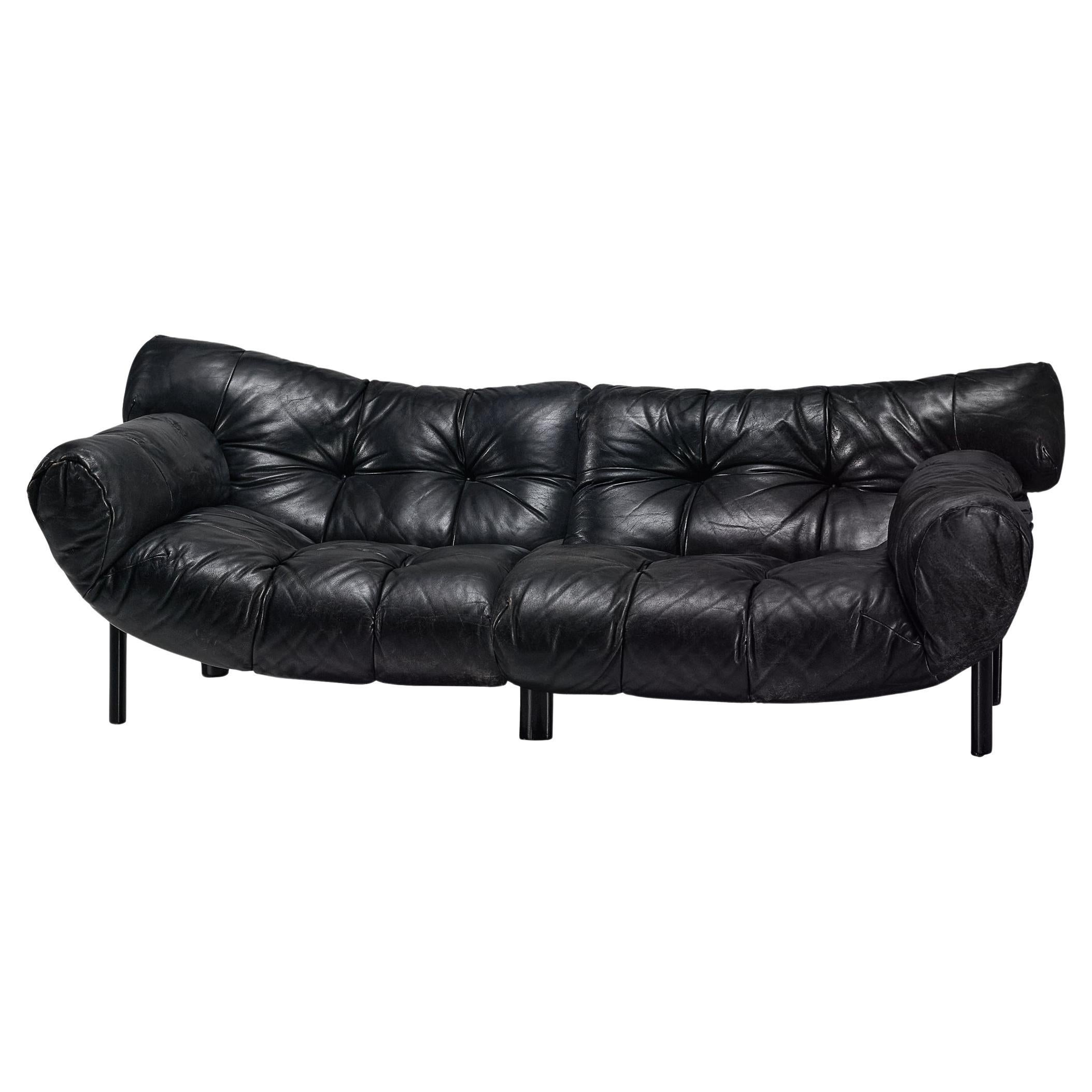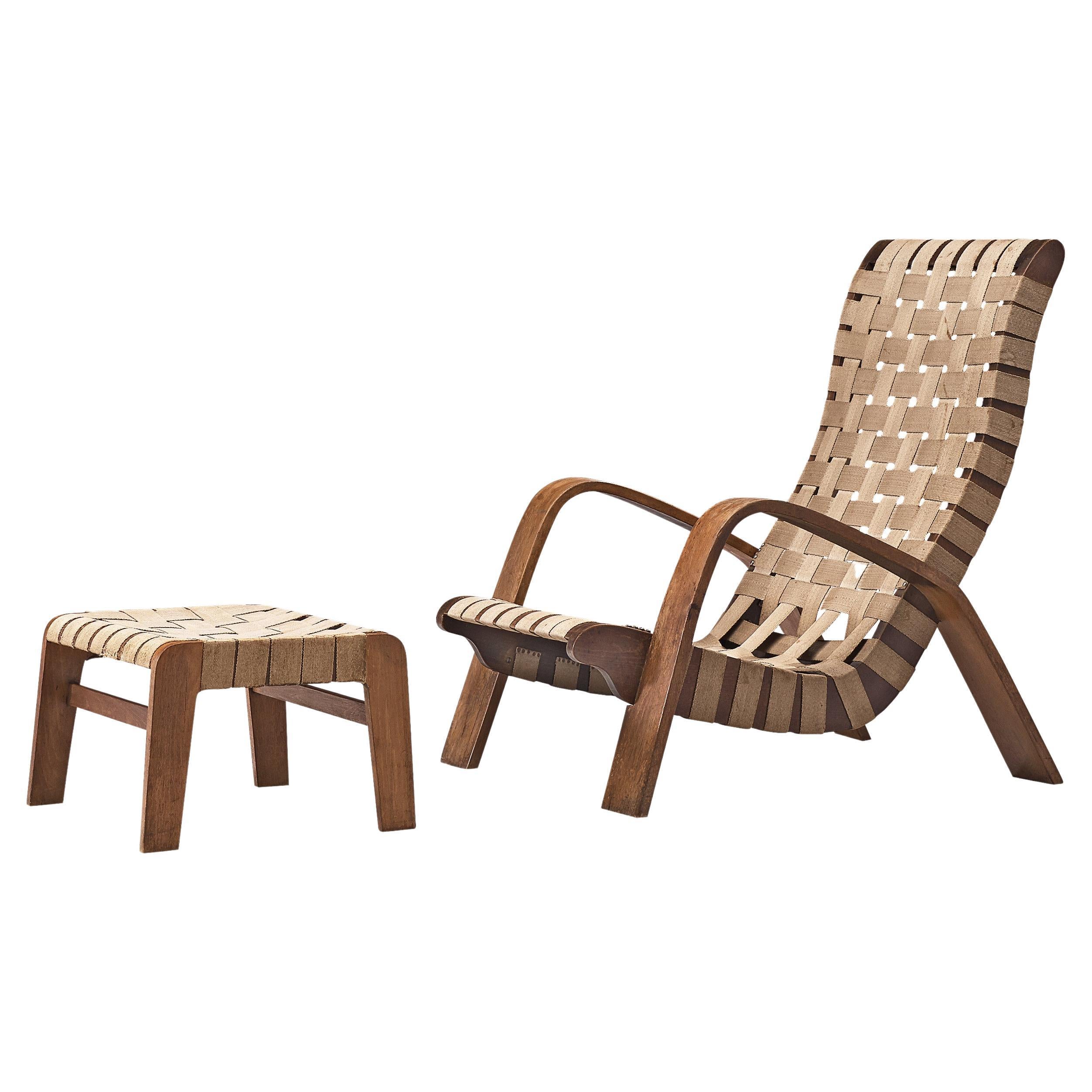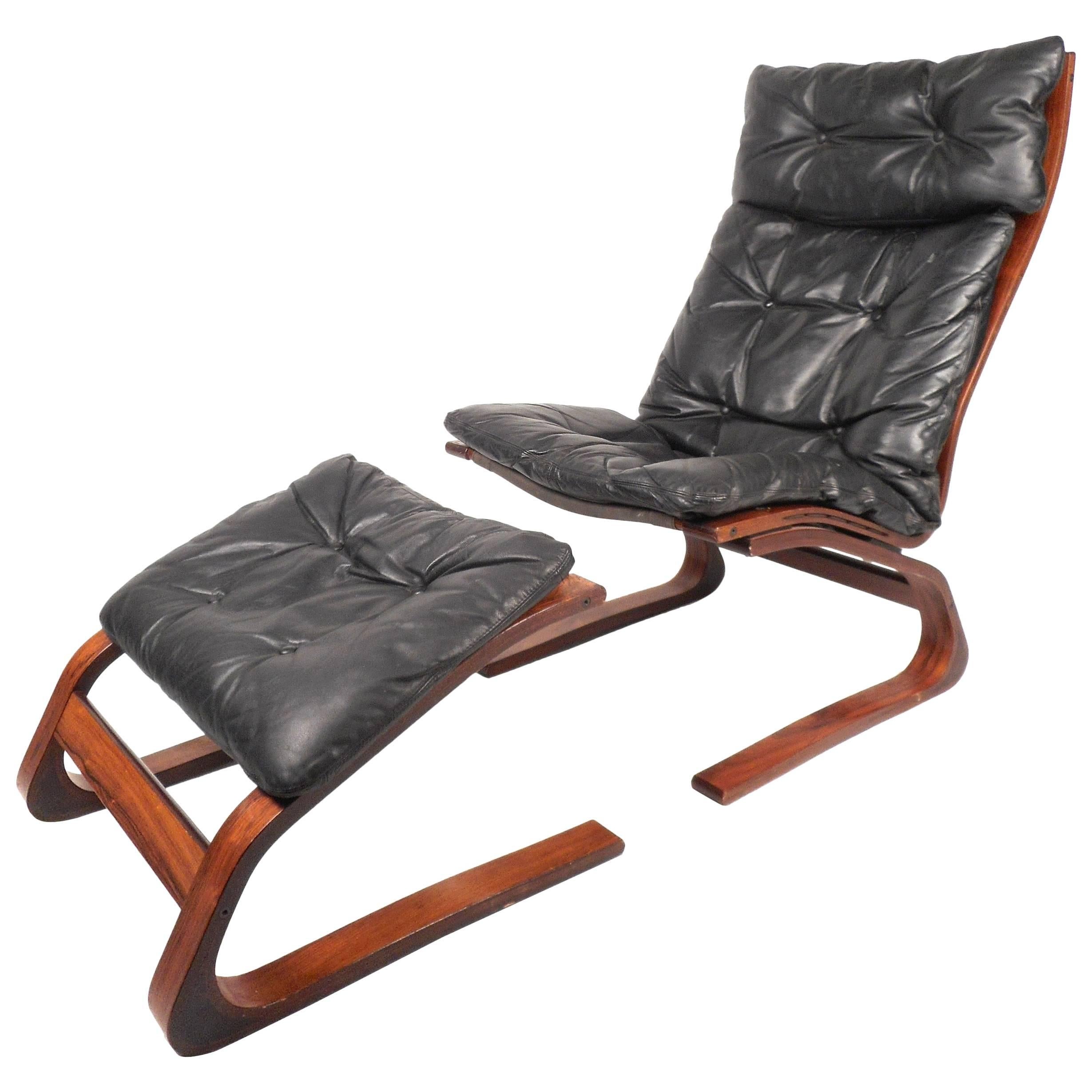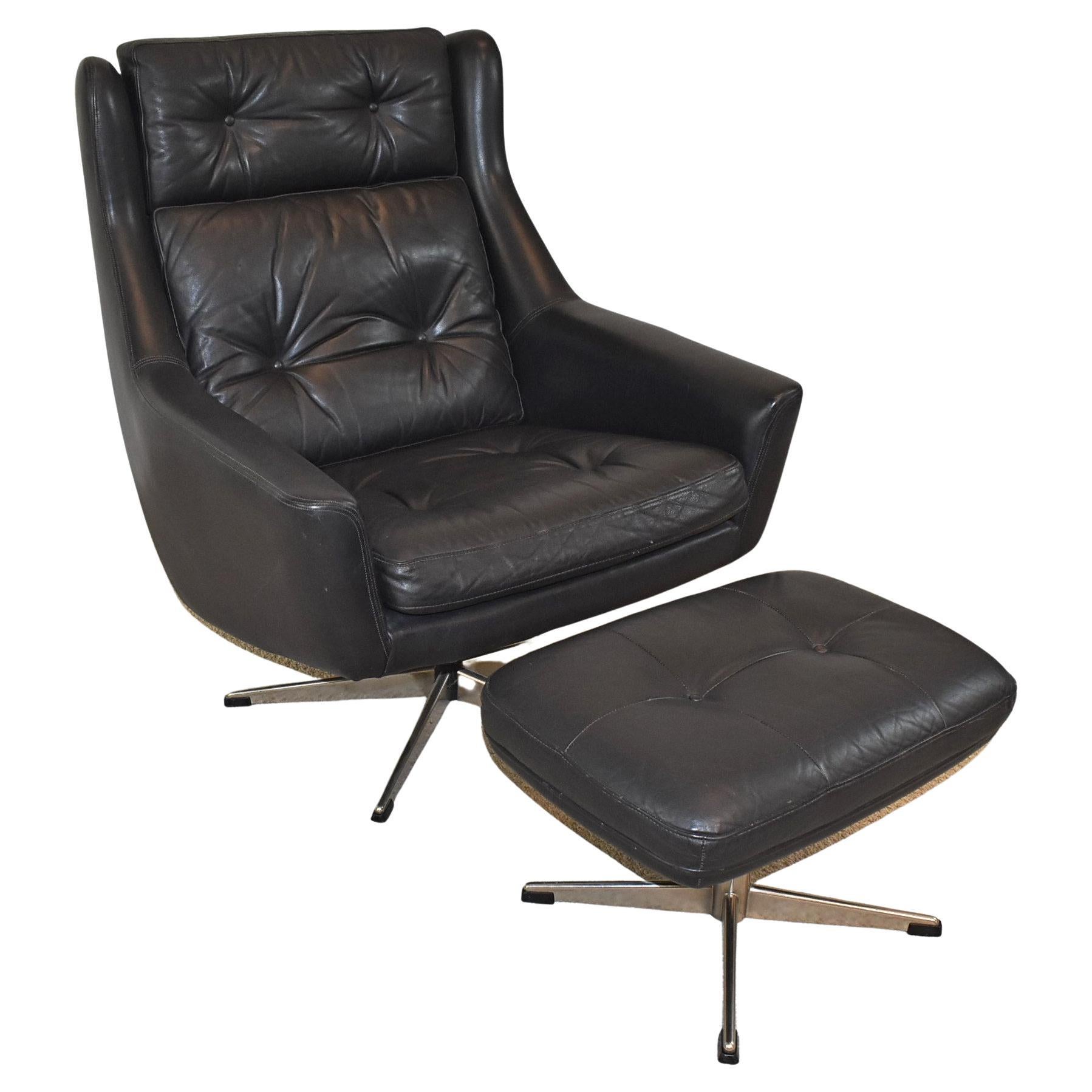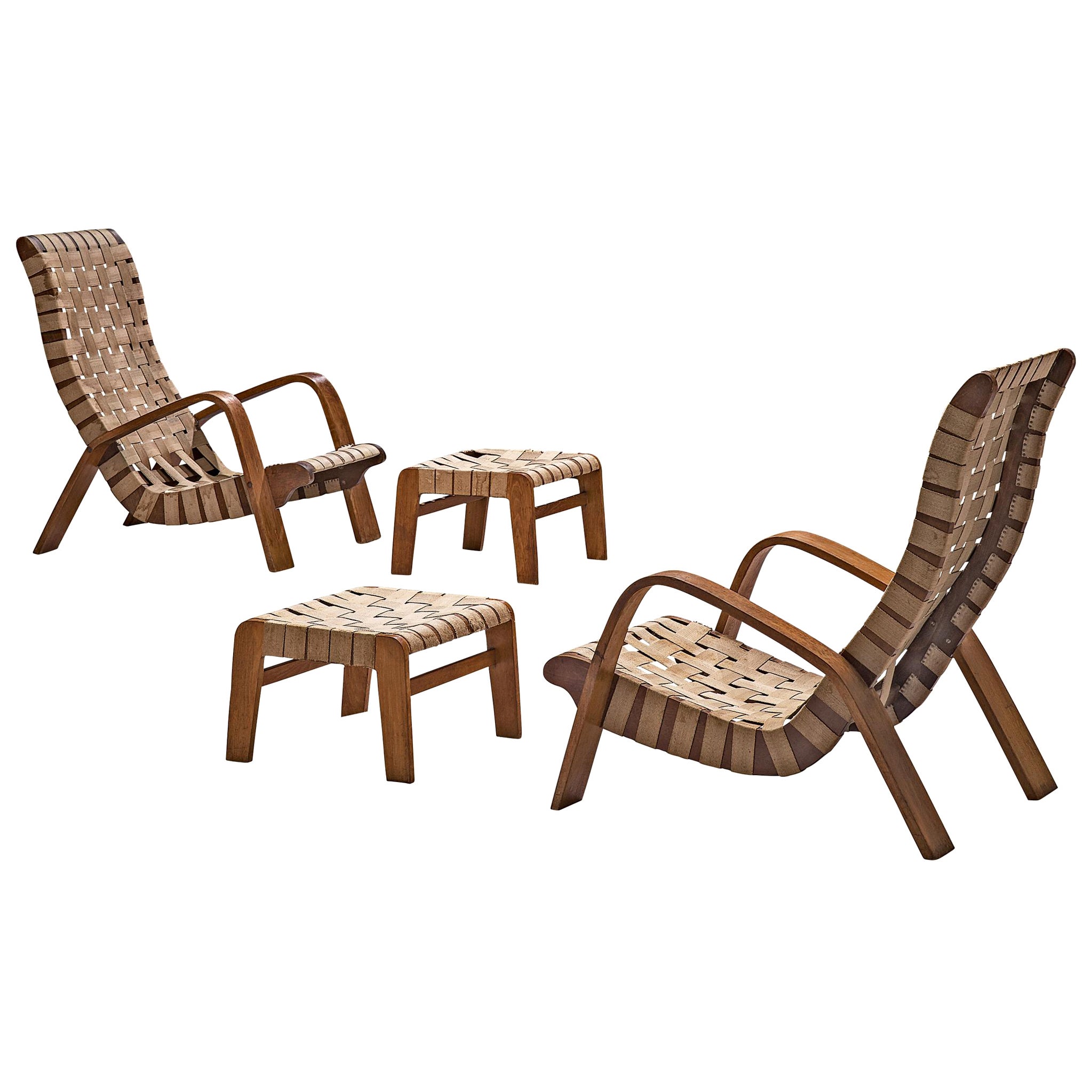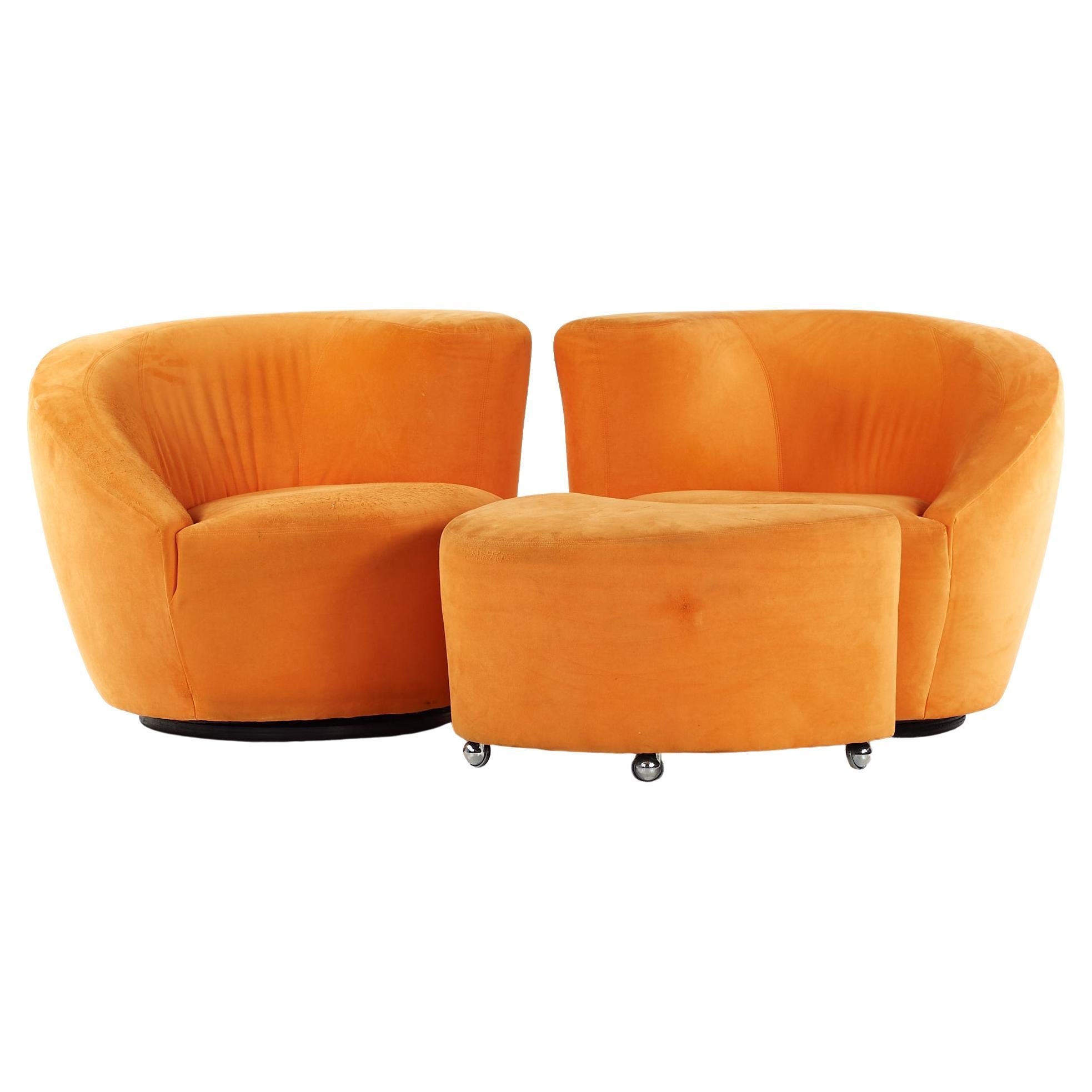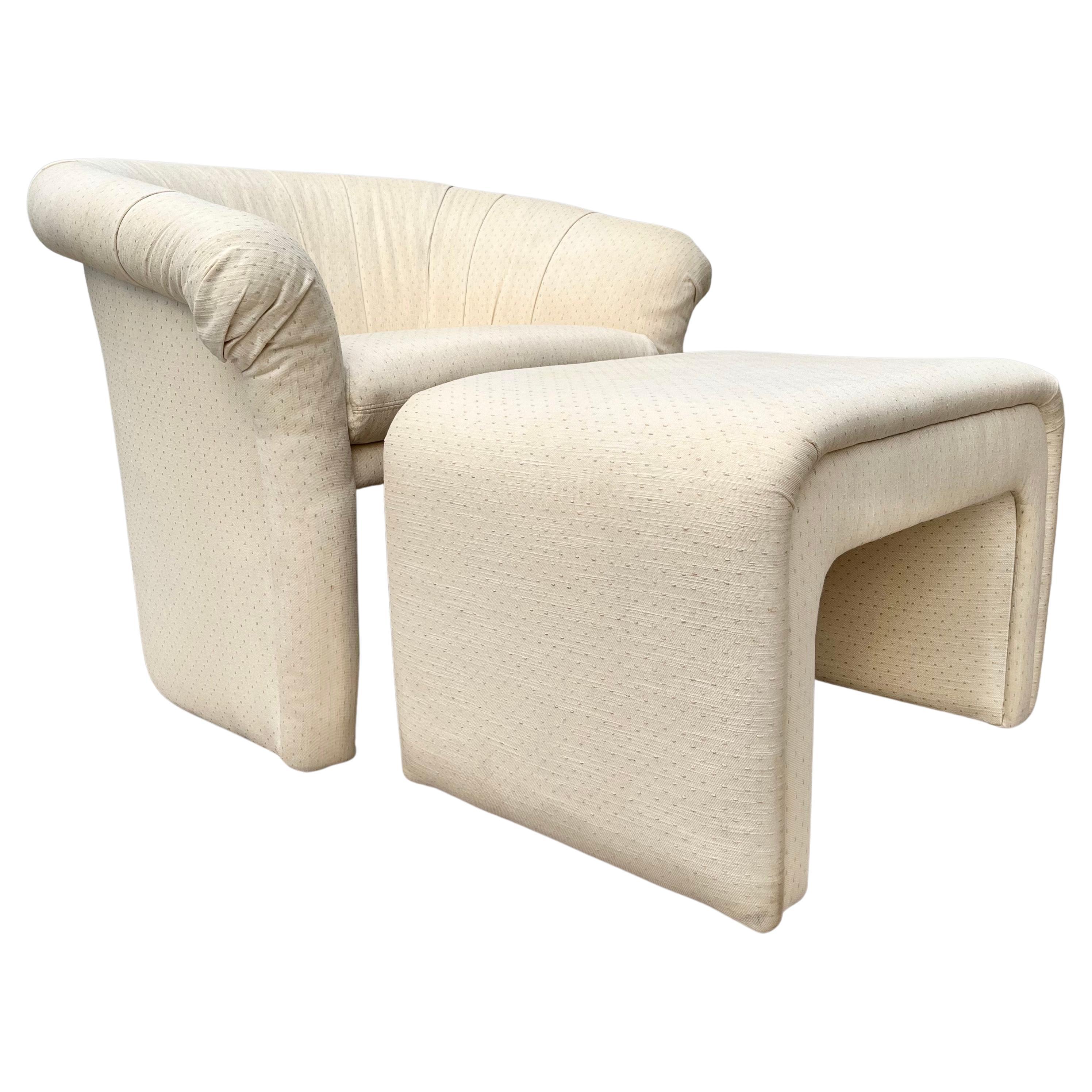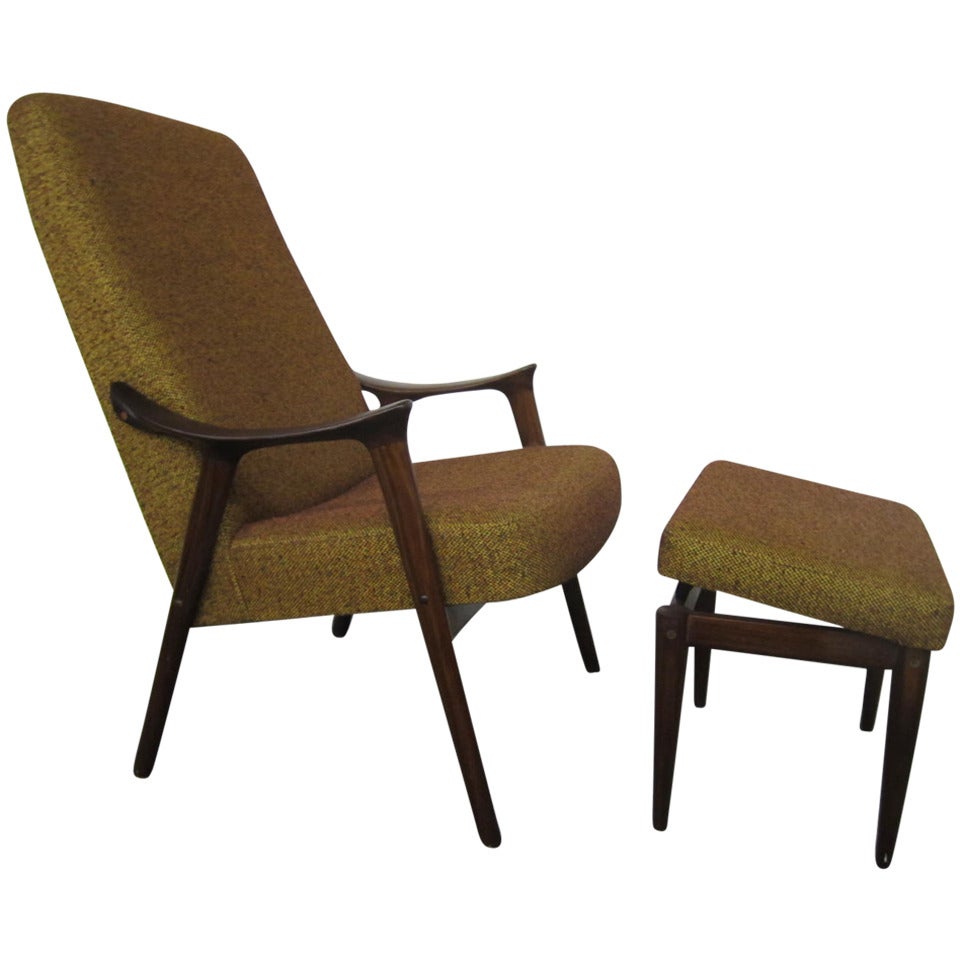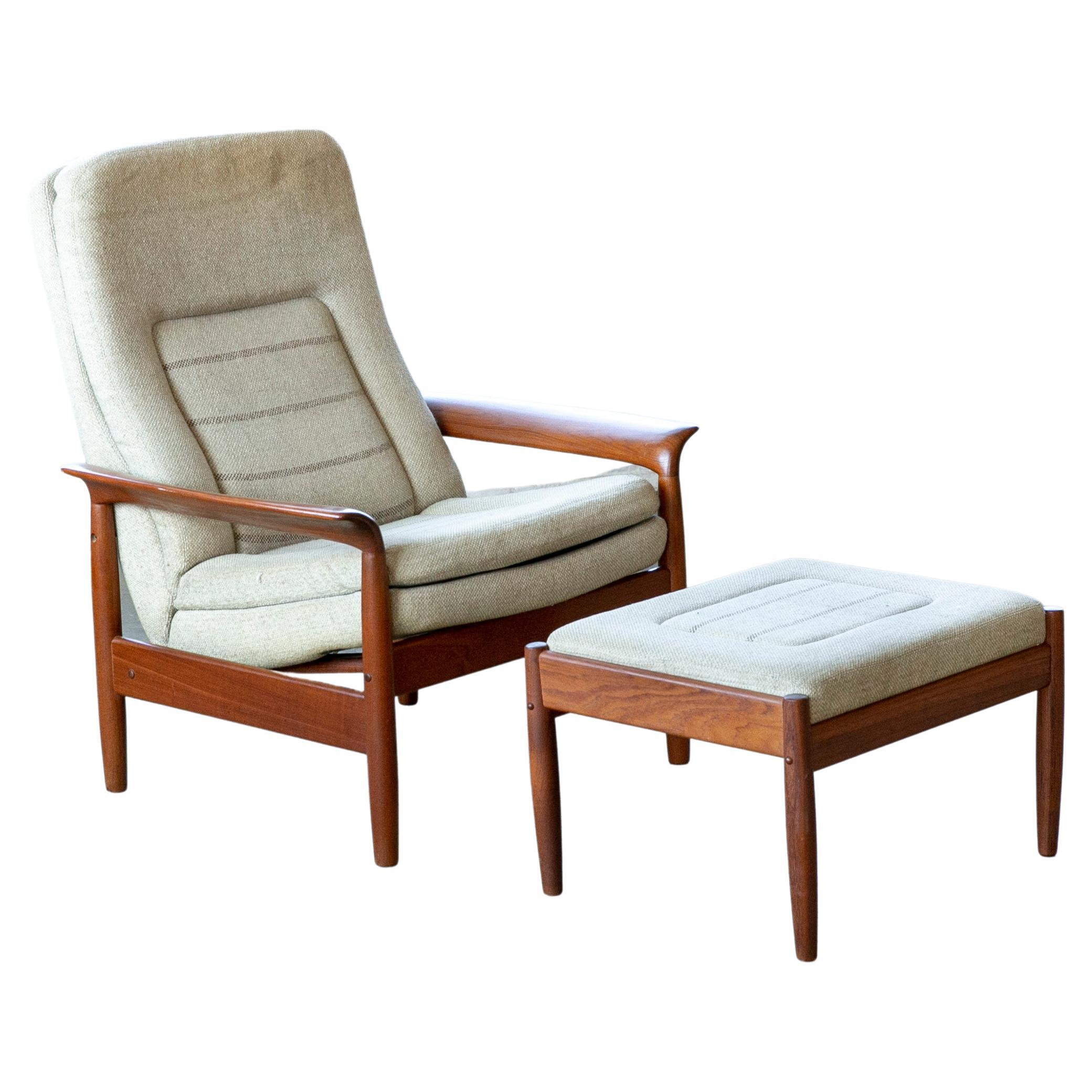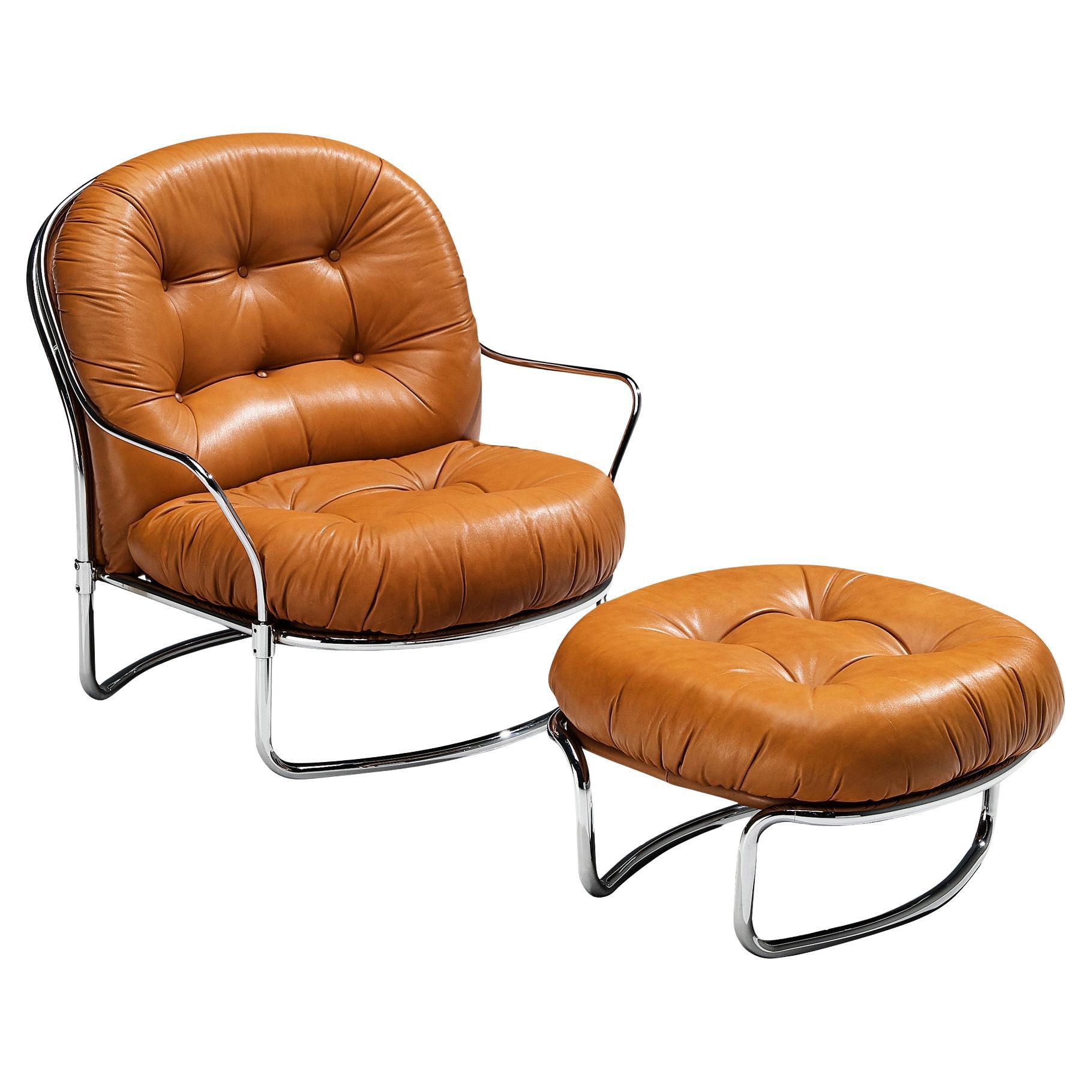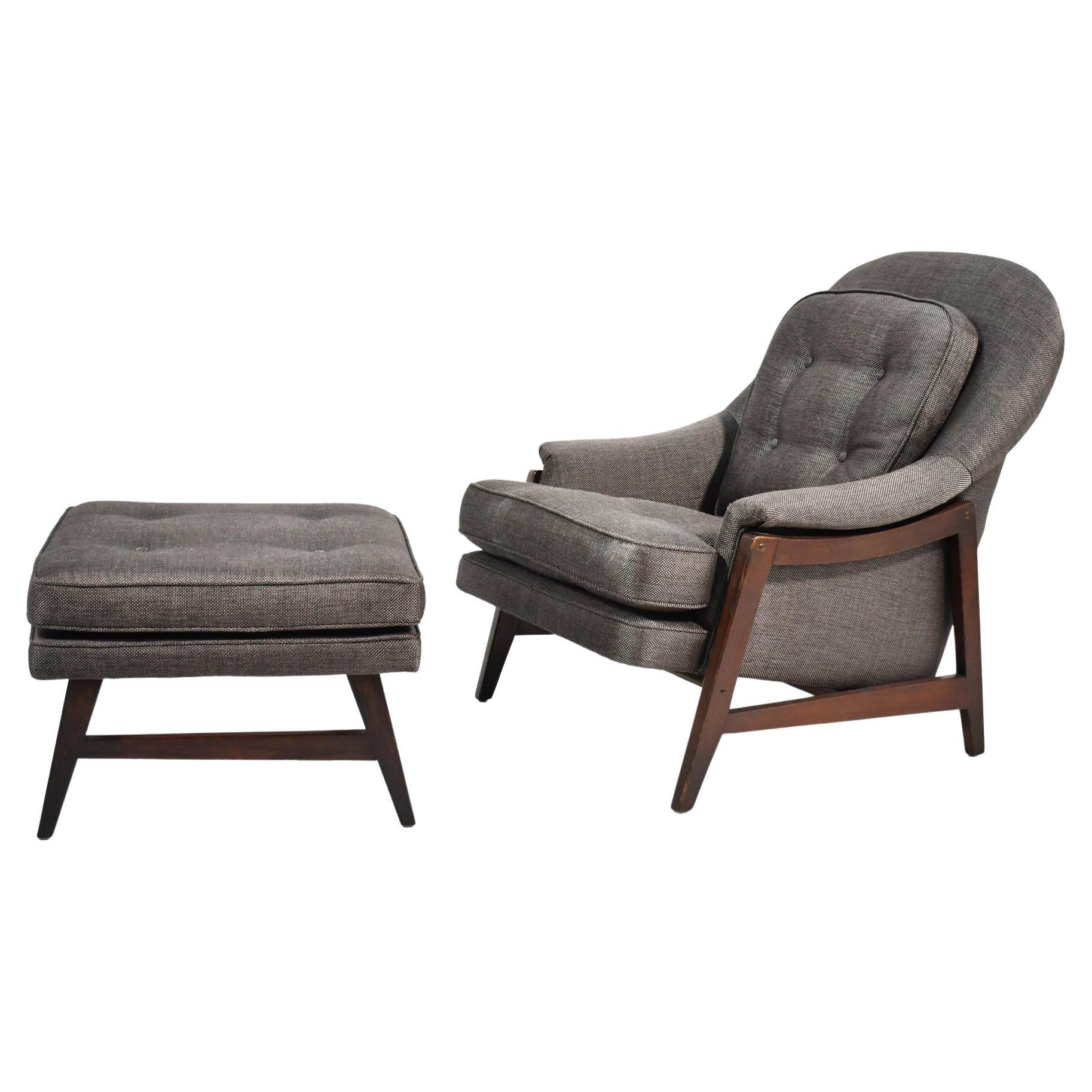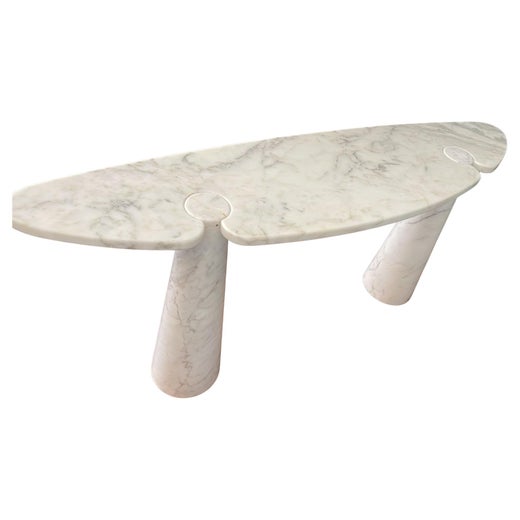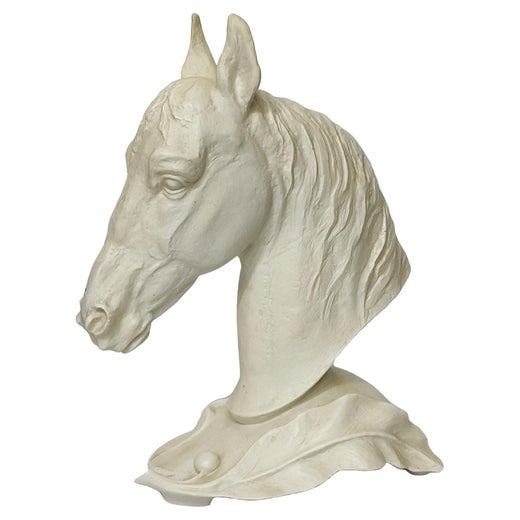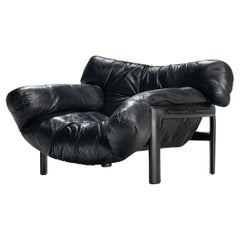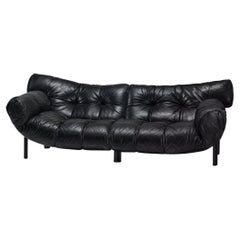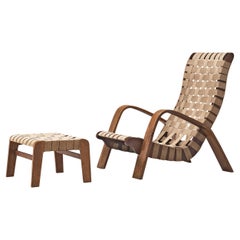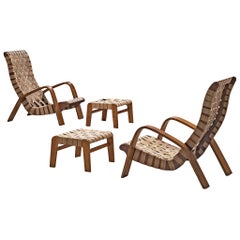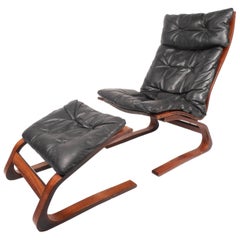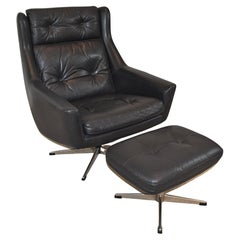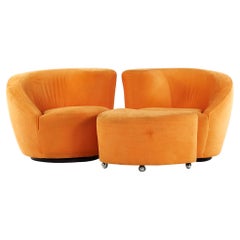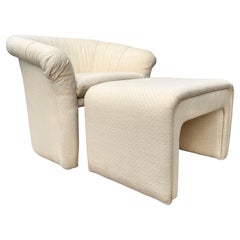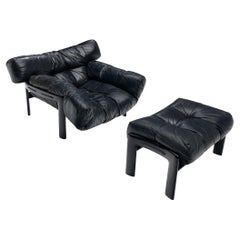
Angelo Mangiarotti & Chiara Pampo 'Légère' Lounge Chair with Ottoman
View Similar Items
Angelo Mangiarotti & Chiara Pampo 'Légère' Lounge Chair with Ottoman
About the Item
- Creator:Angelo Mangiarotti (Designer),Rosenthal (Manufacturer)
- Dimensions:Height: 27.56 in (70 cm)Width: 43.71 in (111 cm)Depth: 43.31 in (110 cm)Seat Height: 13 in (33 cm)
- Sold As:Set of 2
- Style:Post-Modern (Of the Period)
- Materials and Techniques:
- Place of Origin:
- Period:
- Date of Manufacture:1978
- Condition:Wear consistent with age and use. Every item Morentz offers is checked by our team of 30 craftsmen in our in-house workshop. Special restoration or reupholstery requests can be done. Check ‘About the item’ or ask our design specialists for detailed information on the condition.
- Seller Location:Waalwijk, NL
- Reference Number:Seller: 50113729 + 501137301stDibs: LU933137462192
Angelo Mangiarotti
Italian architect, designer, teacher and urban planner Angelo Mangiarotti was a leading light in the international design community from the 1960s onward. While he was an adherent of the rationalist principles of purity of line and simplicity of construction, he sought to imbue his designs for coffee tables, dining chairs, sconces and other furnishings with a sense of character and lightness of spirit that was often lacking in late-20th-century modernist architecture and design.
Born in Milan, Mangiarotti studied architecture at Milan Polytechnic, graduating in 1948. Five years later, he won a visiting professorship at the Illinois Institute of Technology — beginning a peripatetic academic career that would see him teaching in numerous Italian institutions as well as in schools as far afield as Hawaii and Australia. He worked with Bauhaus eminences Ludwig Mies van der Rohe and met such greats as Frank Lloyd Wright and Walter Gropius. He returned to Italy in 1955 and would go on to work on numerous industrial, residential, commercial and civic projects in his home country, most notably a group of six railway stations in Milan.
As a designer, Mangiarotti and the development of his career embodies the evolution of modernism in the latter decades of the 20th century. In the late 1950s and early ’60s, after early experiments in plywood furniture and one-piece foam-core seating — including the 1110 lounge chair for Cassina — Mangiarotti began to design using more classic materials, from delicate, curvaceous blown-glass table lamps for Artemide to chandeliers with crystal links for Vistosi.
In 1971, Mangiarotti introduced what became his signature designs: a series of tables in marble and other stones that featured “gravity joints,” their legs held in place by the weight of the tabletop. Tables in his Eros collection have muscular proportions that anticipate the robust, overscaled lines of postmodern works that would appear 10 years later: His Eccentrico table, for example, is a striking assemblage in marble featuring a top that is cantilevered dramatically on a canted columnar base.
But simplicity and practicality were consistently the primary watchwords of Mangiarotti’s designs. The purity and elegance of the objects he created offer a graceful counterpoint to a traditional decor, yet they have a singular sculptural presence that allows them to stand out powerfully in a modern interior.
Find vintage Angelo Mangiarotti furniture on 1stDibs.
Rosenthal
While the Rosenthal Porcelain Factory grew from humble decorating roots — as many pottery companies do — it eventually built a list of universally revered designer and artist partners that included Andy Warhol and Salvador Dalí. And after securing an enviable position as a top manufacturer of serveware and dominating the porcelain and bone china markets, Rosenthal expanded into furniture production, working with influential designers Verner Panton, Luigi Colani and Günther Ferdinand Ris and Herbert Selldorf.
German-born Jewish businessman Philipp Rosenthal founded the company in 1879 in Bavaria. It began as his modest workshop where he painted porcelain and encountered success with porcelain ashtrays. Rosenthal hired the best designers and clay modelers he could find. Adolf Oppel designed figurative Art Nouveau pieces, while Eleonore (Lore) Friedrich-Gronau produced decorative objects, namely her graceful porcelain dancer figurines, for the company.
Dinnerware, though, would be a Rosenthal mainstay. Between 1904 and 1910, Rosenthal produced its renowned dinnerware lines such as Donatello, Darmstadt and Isolde. These were introduced as unornamented white pieces — only later were they given their underglaze designs.
Rosenthal founder Philipp, a Catholic of Jewish ancestry, resigned in 1934 as the company’s president due to pressures owing to discriminatory German laws that took shape during the rise of the Nazi regime. Rosenthal died in 1937, and the family fled to America. The company would not regain its footing until 1950 when Rosenthal’s son, Philip, joined the firm and, in 1958, became chairman and dubbed Germany’s “China King.” At its peak, the company had 10,000 employees.
In the 1950s, Rosenthal’s modernist dinnerware was a significant part of the brand’s offerings, and by 1961 they introduced the famed Rosenthal Studio Line. Although furniture designers and ceramicists would lead the list of individuals working with Rosenthal — among them Tapio Wirkkala, Max Weber and Lisa Larson — the company eventually reached out to fine artists, not only Dalí and Warhol but Sandro Chia and Kenny Scharf. Rosenthal also collaborated with fashion designers Gianni Versace and Donatella Versace.
In a daring move in 1972, the company diversified into furniture, collaborating with some of the giants of mid-century modern design. The revolutionary Sunball chair, an icon of Space Age seating crafted by Selldorf and Ris, was among Rosenthal’s stellar successes in this venture.
On 1stDibs, find vintage Rosenthal ceramics, porcelain, tableware, seating and more.

Established in 2006, Morentz has a team of approximately 55 restorers, upholsterers, interior advisers and art historians, making it a gallery, workshop and upholstery studio, all in one. Every day, a carefully selected array of 20th-century furniture arrives from all over the world at the firm’s warehouse, where the team thoroughly examines each piece to determine what, if any, work needs to be done. Whether that means new upholstery or a complete restoration, Morentz's aim is always to honor the designer’s intention while fulfilling the wishes of the client. The team is up to any challenge, from restoring a single piece to its original glory to furnishing a large-scale hotel project.
More From This Seller
View AllVintage 1970s Italian Post-Modern Lounge Chairs
Leather, Ash
Vintage 1970s Italian Post-Modern Sofas
Leather, Ash
Vintage 1950s Czech Mid-Century Modern Lounge Chairs
Canvas, Plywood
Vintage 1950s Czech Mid-Century Modern Lounge Chairs
Canvas, Plywood
Vintage 1960s Italian Mid-Century Modern Lounge Chairs
Steel, Chrome
Vintage 1960s Italian Mid-Century Modern Lounge Chairs
Steel, Chrome
You May Also Like
Vintage 1970s Norwegian Mid-Century Modern Lounge Chairs
Leather, Rosewood
20th Century Mid-Century Modern Lounge Chairs
Chrome
Vintage 1970s American Mid-Century Modern Lounge Chairs
Metal
Vintage 1980s Post-Modern Lounge Chairs
Upholstery
Vintage 1960s Danish Scandinavian Modern Lounge Chairs
Walnut
Vintage 1970s Danish Mid-Century Modern Lounge Chairs
Wool, Teak
